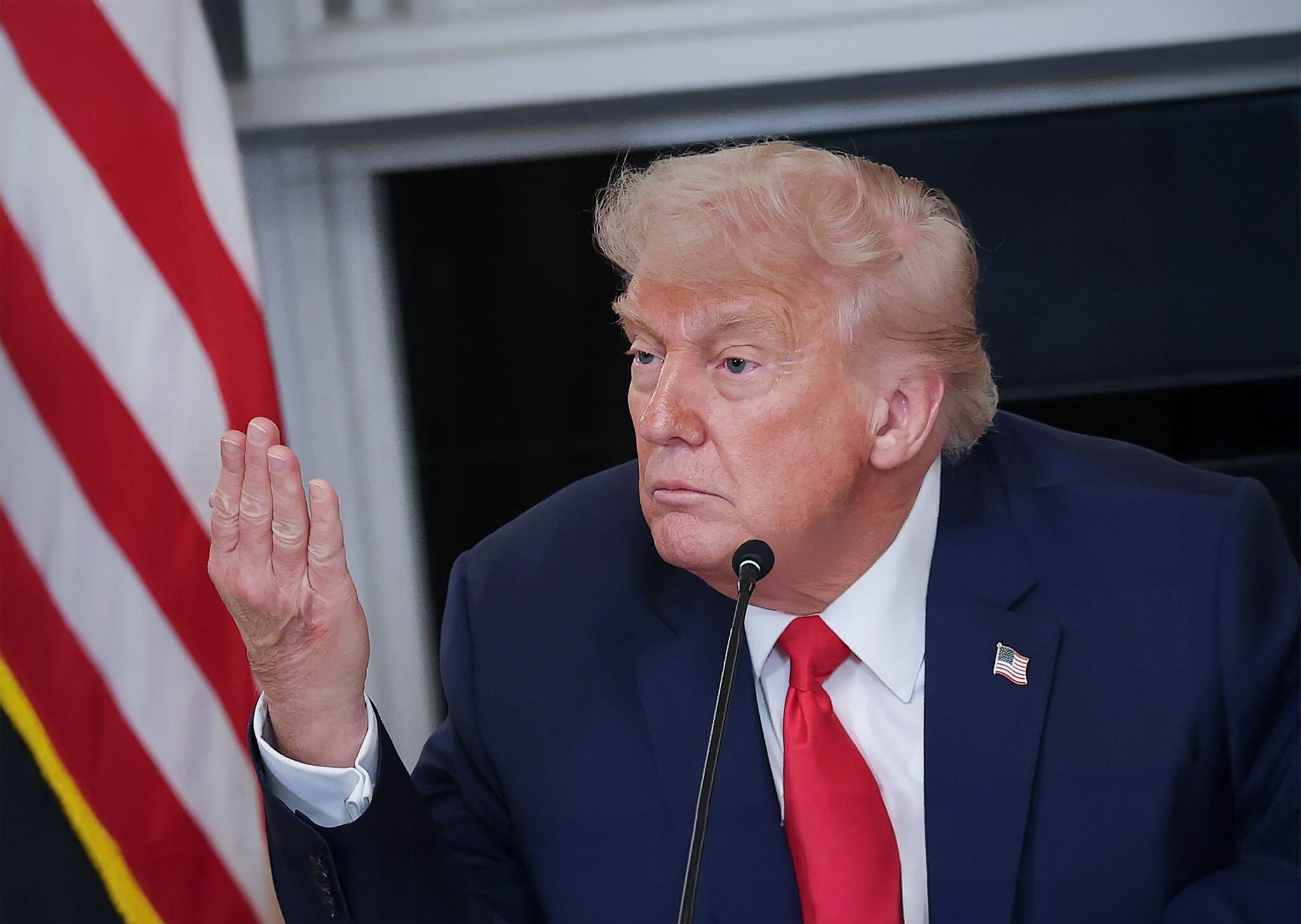$600B EU Pledge in Jeopardy

An unprecedented $600 billion EU investment pledge now hangs in the balance, as President Trump warns of crushing 35% tariffs if Europe fails to deliver.
Story Highlights
- President Trump threatens 35% tariffs on EU imports if the bloc does not fulfill a $600 billion US investment pledge.
- The July 2025 US-EU deal includes lower tariffs and massive EU commitments to buy American energy and invest in the US.
- The EU admits it cannot guarantee the investment, as such decisions rest with private companies, not politicians.
- Analysts doubt the deal’s enforceability and warn of renewed trade war risks if the pledge is not met.
Trump’s Tariff Threat and the $600 Billion Investment Pledge
President Donald Trump announced that if the European Union (EU) fails to fulfill its $600 billion investment pledge in the United States, his administration will impose 35% tariffs on imports from the 27 EU member states. This ultimatum is part of a larger preliminary trade deal, revealed after a high-level summit in Scotland in July 2025. The agreement also features a 15% tariff on most EU imports—down from 30%—and a $750 billion EU commitment to purchase US energy. Both sides, however, have provided minimal detail on how the ambitious investment goal will be tracked or enforced.
Trump threatens to ratchet up tariffs on EU if it fails to invest $600 billion in US https://t.co/WkOFVWKlCM pic.twitter.com/Xq3pZbv2id
— New York Post (@nypost) August 5, 2025
The scale of the EU’s $600 billion investment pledge is unprecedented in modern transatlantic trade history. Unlike traditional agreements, this deal relies on punitive tariffs as an enforcement tool rather than established dispute resolution procedures. The EU’s ability to guarantee such massive private-sector investment is highly questionable; European officials have clarified that while the figure is aspirational, it depends on independent decisions by private companies—not government mandates. This raises significant doubts about the deal’s feasibility and the likelihood of escalating trade tensions if the pledge goes unmet.
Wach; Trump Tariff Threat: India Calls Out US, EU Over Russia Trade; Exposes Double Standards
Transatlantic Trade Relations: A History of Tension and Negotiation
The United States and the European Union together form the world’s largest bilateral trade and investment relationship, with annual flows exceeding $1.6 trillion. Disputes have historically focused on tariffs, subsidies, and regulatory obstacles, but both sides have generally sought to avoid all-out trade wars. Previous episodes—such as the 2018–2019 tariff battles and the 2022 agreement to suspend certain duties—set the stage for the current standoff. The latest deal emerges amid mounting US frustration over trade deficits, EU barriers to American goods, and a renewed Washington push to bring manufacturing and energy investment back home.
Political and economic uncertainty continues to shape the backdrop. Europe faces internal divisions over trade policy, energy security concerns, and the challenge of reconciling private-sector autonomy with political agreements. Meanwhile, the US administration is determined to leverage its market power to secure favorable terms, with the threat of tariffs serving as a blunt instrument to force compliance. The preliminary July 2025 deal reflects this transactional approach, but its implementation remains far from certain as both sides navigate complex legal and practical hurdles.
Winners, Losers, and the Risk of Escalation
If the EU meets the investment and energy purchase commitments, US exporters and manufacturers could enjoy greater market access and new investment flows. American energy producers stand to benefit from the $750 billion European purchase commitment. Should the pledge fall short, the threatened 35% tariffs could trigger a damaging escalation—raising prices for US consumers, hurting EU exporters, and potentially sparking retaliatory measures from Brussels. The deal’s uncertainty underscores the risk of relying on threats instead of transparent, enforceable agreements.
Short-term relief from reduced tariffs may be offset by the looming threat of renewed conflict if the investment does not materialize. The manufacturing, energy, and technology sectors are most directly exposed, while small and medium-sized businesses could benefit from reduced red tape if the deal succeeds. Politically, the agreement feeds into debates on national sovereignty, the limits of globalism, and the need to protect American jobs and industries.
Sources:
Euronews, “Trump threatens EU with 35% tariffs if $600bn investment pledge unfulfilled”
European Commission, “EU-US trade deal explained” (official Q&A)
White House, “Fact Sheet: The United States and European Union Reach Massive Trade Deal”
Peterson Institute for International Economics, “Trump’s very bad trade deal with Europe”
